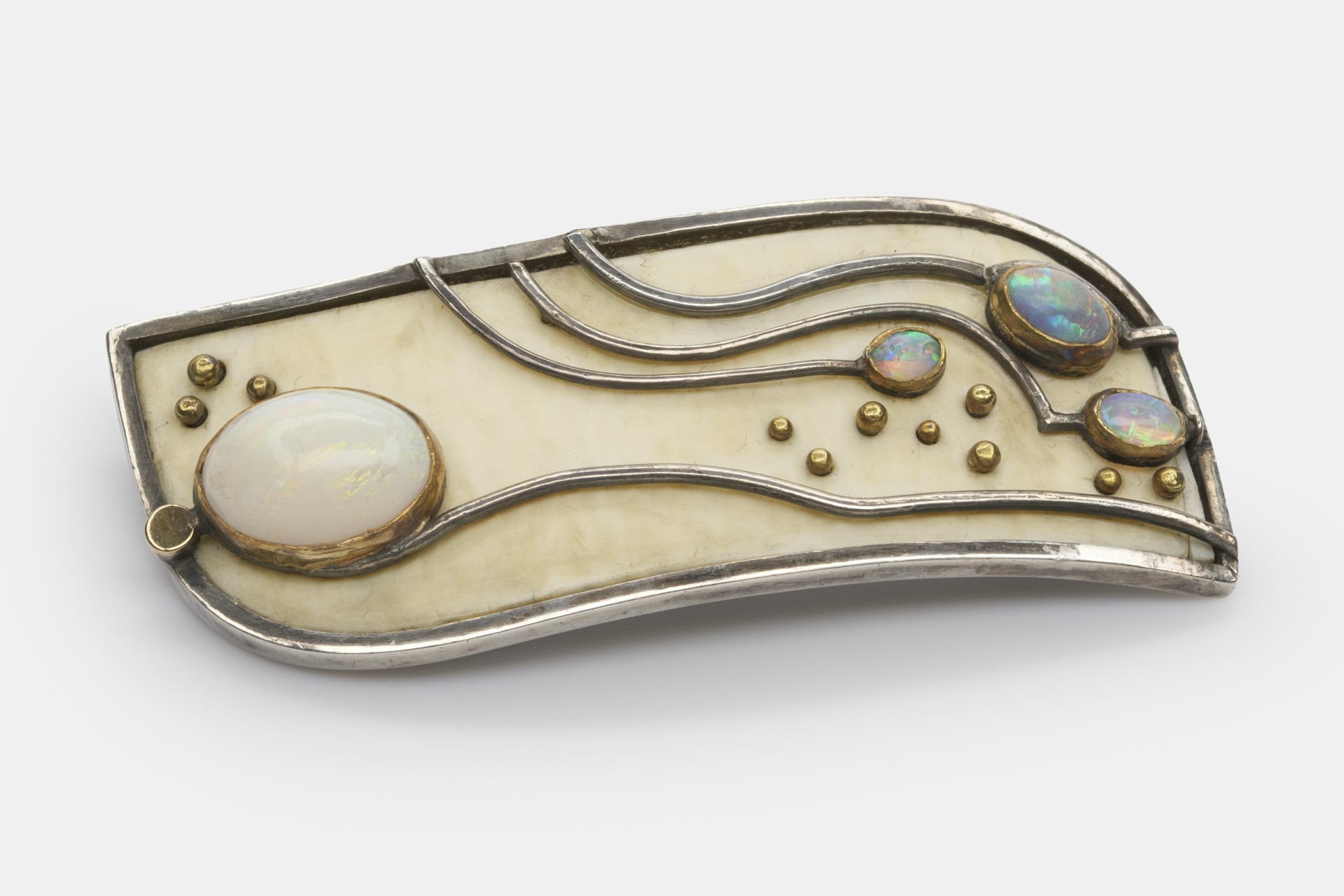Ladies first

For centuries jewellery design was a male domain. Even though there are records showing that women worked as goldsmiths in ancient Egypt and medieval Europe, their works and biographies have been consigned to oblivion. In the 1920s, however, women managed such a decisive breakthrough in a field hitherto dominated by men that their works could no longer be ignored.
In the context of the turn-of-the-century Reform movement, which led to a general upturn in the applied arts, more and more women were advancing into professions in the arts and even goldsmithing. In Germany women were officially granted the right to accept employment and to pursue professions in 1908. That enabled women to earn their own livelihoods and lead independent lives. Despite facing major obstacles when seeking admission to training, some did succeed in emancipating themselves in arts-related professions. By the interbellum years after the First World War at the latest, these women jewellery designers were acknowledged and acclaimed by the public.
In 1912 Marga Jess (1885–1953) became the first woman goldsmith in Germany to attain the status of master craftsperson. Not long afterwards Elisabeth Treskow (1898–1992) began training as a goldsmith – it goes without saying as the sole woman in a workshop run only by men. Other women, including Lili Schultz (1895–1970) and Hildegard Risch (1903–1996), learnt their craft at art academies or schools for the applied arts.
All the women presented here succeeded in creating distinctive styles of their own and exerting a lasting influence on jewellery design.
